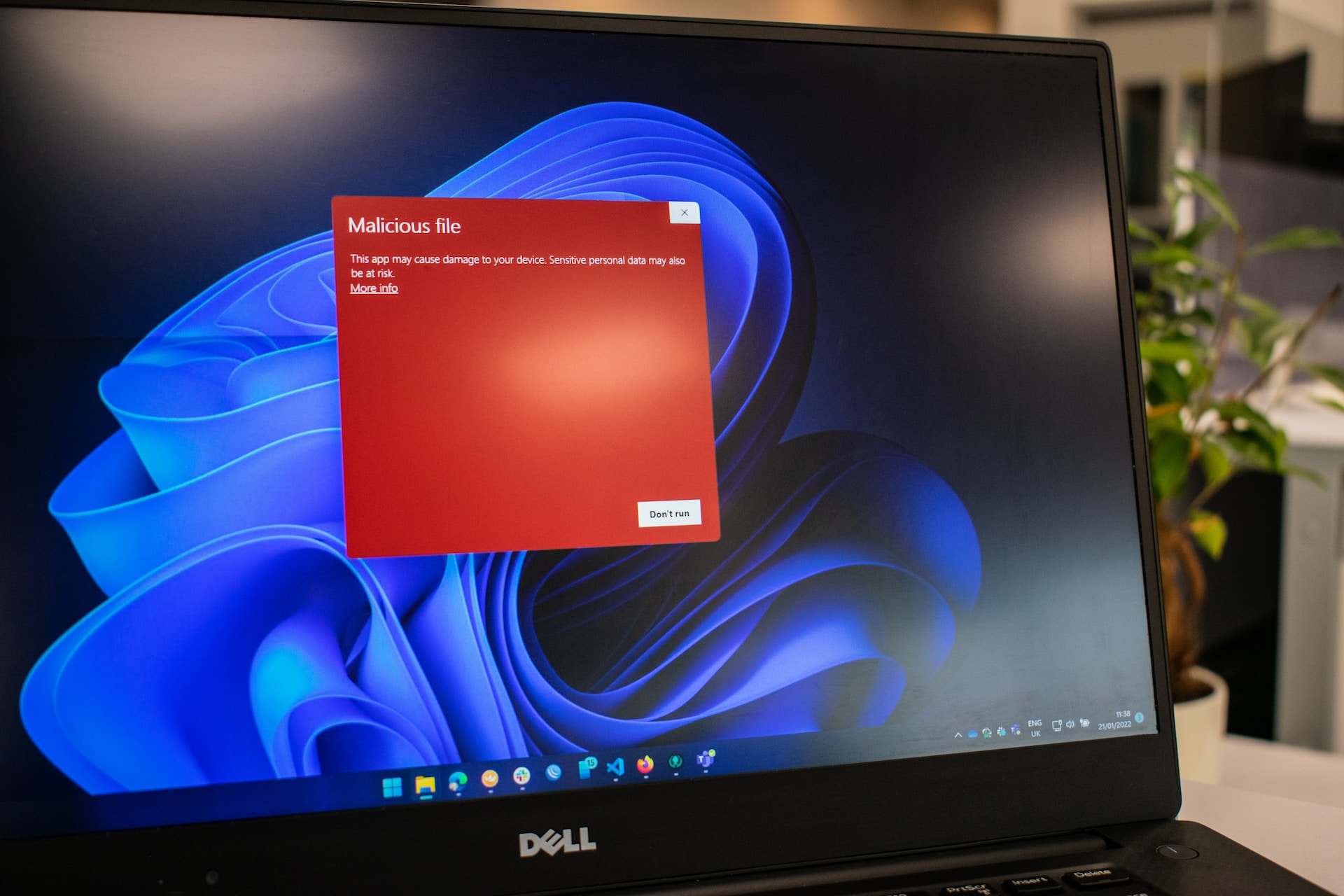The Most Common Types of Malware Wreaking Havoc in 2023
The digital landscape is becoming increasingly dangerous, with various types of malware looming online. In fact, there were around 5.5 billion malware attacks worldwide in 2022.
Similarly, this report suggests over a billion malware programs and variants exist, with over half a million new ones detected daily.
These stats alone showcase the importance of cybersecurity in today’s hyperconnected world.
However, to protect yourself against cybercrime, you must first learn what you’re dealing with.
In this article, you’ll learn about the most common types of malware wreaking havoc in 2023.
Viruses
Viruses have been around since the early ‘70s. They’re essentially self-replicated programs that hook themselves to applications, documents, or files and slowly spread across entire systems or infrastructures. Even in 2023, they remain one of the biggest cyber threats in the online landscape for the following reasons and more:
- Familiarity – Viruses have been the go-to choice for hackers for decades. Hence, most malicious criminals are familiar with coding and deployment techniques;
- Stealth – Viruses can infiltrate systems discreetly from multiple touchpoints;
- Payload Delivery – Viruses can carry other types of malware, including spyware and ransomware.

Adware
If you use the internet, you’re no stranger to ads. Ads are essential for digital advertising.
Millions of legitimate businesses use them to promote their products and services. However, cybercriminals create adware (or spam) and use them on sites and apps as carriers for harmful malware.
Hence, users who click or tap on them on their web browser or apps accidentally download the malicious software.
Trojans
Derived from the famous Greek Trojan horse story, trojans are malicious programs that appear legitimate.
Hackers use them to infiltrate security defenses remotely and get unauthorized access to files, applications, and other resources.
They steal valuable information, sabotage systems, or download other malware types.

Fileless Malware
Fileless malware is among the newest types of malware in the post-pandemic age. Unlike its traditional counterparts, it doesn’t harm files or systems directly. Instead, fileless malware targets non-file objects, including (but not limited to):
- Registry entries;
- Microsoft Office macros;
- WMI;
- Javascript;
- Applets and plugins;
- HTML application files;
- Processes (using shellcode), etc.
Most traditional anti-malware solutions fail to detect fileless malware since there’s no corrupted file to detect.
Hence, the only way to protect against this malware type is by enabling strict access management policies, such as zero-trust network access and multi-factor authentication.
Ransomware
Ransomware is one of the most popular types of malware hackers use today. Unlike other malicious software, it doesn’t steal information.
Instead, it encrypts all the data on your system and holds it for ransom. If you don’t pay their desired amount by their deadline, they can:
- Delete the data;
- Sell it on the dark web;
- Use it to target other victims;
- Disclose confidential secrets on public platforms, etc.

Spyware
As the term suggests, spyware is malicious software hackers use to monitor your online and offline activities for:
- Data Collection – Spyware can run in the background to spy on your activities. Hackers can learn about your browsing habits, account passwords, etc., and use the information for identity theft and other crimes;
- Remote Access – Hackers can use spyware to access your device remotely. They can manipulate settings, communicate with your contacts, and even download more malicious software;
- Surveillance – Hackers and cybercriminals usually target high-value individuals. They use spyware to hack the victim’s phone and access the microphone and camera for surveillance.
Wiper Malware
Wiper malware is a trending malicious software that deletes all data, applications, and files from the infected system or device.
Hackers use this sophisticated malware to target large databases and sabotage corporate or government operations. Hence, the motive isn’t to steal information but to destroy it.
How to Protect Yourself Against Malware in 2023
Now that you know the main types of threats looming in the digital realm, you must proactively prepare to minimize risk. Below are highly effective solutions and practices you can adopt to prevent attacks:
- Training and Education
The first step to protect yourself against malware is educating yourself about common threats and social engineering tactics. You can do this by opting for security awareness training suited to your expertise and requirements.
- Adopt a Powerful Anti-Malware Solution
Today, you can find dozens of powerful anti-malware solutions that protect your data, devices, network, and servers against ransomware, viruses, trojans, and other threats. They can run automated scans round-the-clock to detect, contain, report, and respond to attacks.
- Use a VPN for Secure Browsing
Using a virtual private network (VPN) hides your IP address and encrypts traffic flowing through your network. You can take security one step further by changing your location. Doing so can prevent location-based targeting, increase anonymity further, and obscure your digital footprint to evade surveillance. Learn how to use a VPN installer to change location for your advantage.
- Use a Password Manager
Password managers are powerful solutions to create long and difficult passwords with alphanumeric and special characters. These software tools can prevent password attacks and act as a secondary line of defense if your device gets hacked.
- Use Multi-Factor Authentication
No device, network, or system is immune to cyberthreats. Therefore, you must prepare for the worst.
Multi-factor authentication adds multiple security layers, including one-time passwords, fingerprint unlocking, facial recognition, and more.
So, even if a hacker manages to learn your password, they might not get access to your accounts or files.
The Bottom Line
Successful malware attacks can result in severe legal, financial, and reputational repercussions.
Hackers can steal your valuable data, sabotage your systems, and cause damage in many other ways. By learning about the different types of malware attackers use, you can proactively shield your infrastructure and data from harm.
Fortunately, there’s been a rapid influx of powerful cybersecurity solutions to monitor, detect, and prevent malware attacks, from ransomware to trojans, spyware, rootkits, and more. So, thoroughly assess your infrastructure to find and address all security vulnerabilities. While there’s no way to eliminate the risk of cyber-attacks, proactive security measures can drastically reduce the likelihood of an attack.






